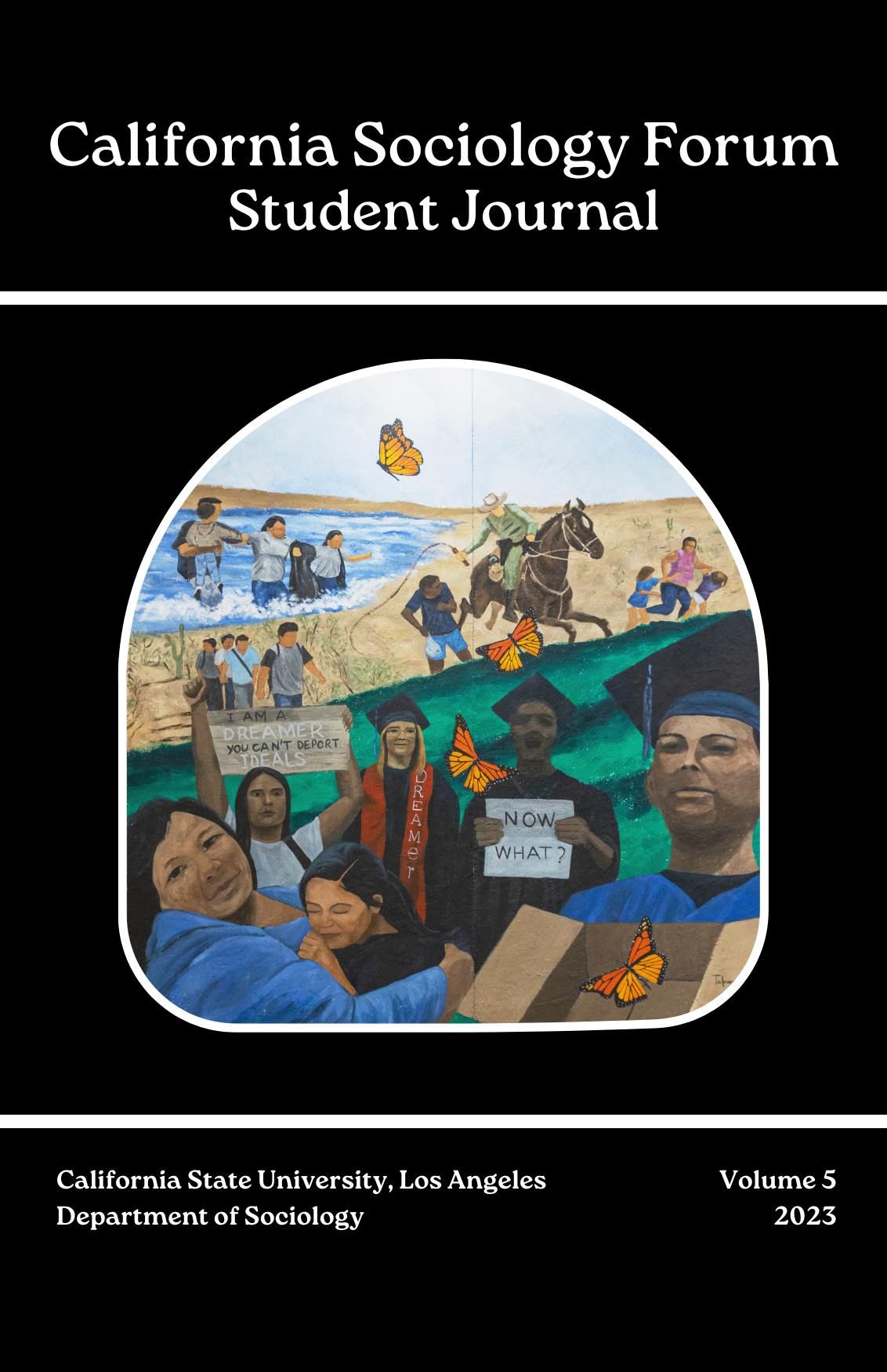Elite Course-Taking and Racial Disparities in STEM
Abstract
African American and Latinx populations are still
disproportionately underrepresented in science, technology, engineering, and math (STEM) fields. To understand why racial disparities persist, this article investigates African American and Latinx students' high school careers. Specifically, it examines whether students take a course in trigonometry, pre-calculus, or calculus students’ (elite math courses) in their senior year. Using the theoretical framework of categorical inequality, I examine whether racial disparities exist in elite math courses that often serve important gatekeeping functions for future STEM pathways.
Data are from the Educational Longitudinal Study of 2002 (ELS:02) public use data, focusing on data from the first follow- up (when the students are in their senior year of high school) and postsecondary education transcripts collected in 2012. I use logistic regression methods to examine the odds of taking an elite math course across racial and ethnic subgroups. Then I analyze the odds of high school graduation rates, postsecondary enrollment across different racial/ethnic subgroups, and whether students obtained a bachelor’s degree in STEM, after accounting for elite math courses taken in high school. Surprisingly, my findings show that African American and Latinx students have similar odds as White students of taking an elite math course and have higher odds of enrolling in a postsecondary institution than their white counterparts.

